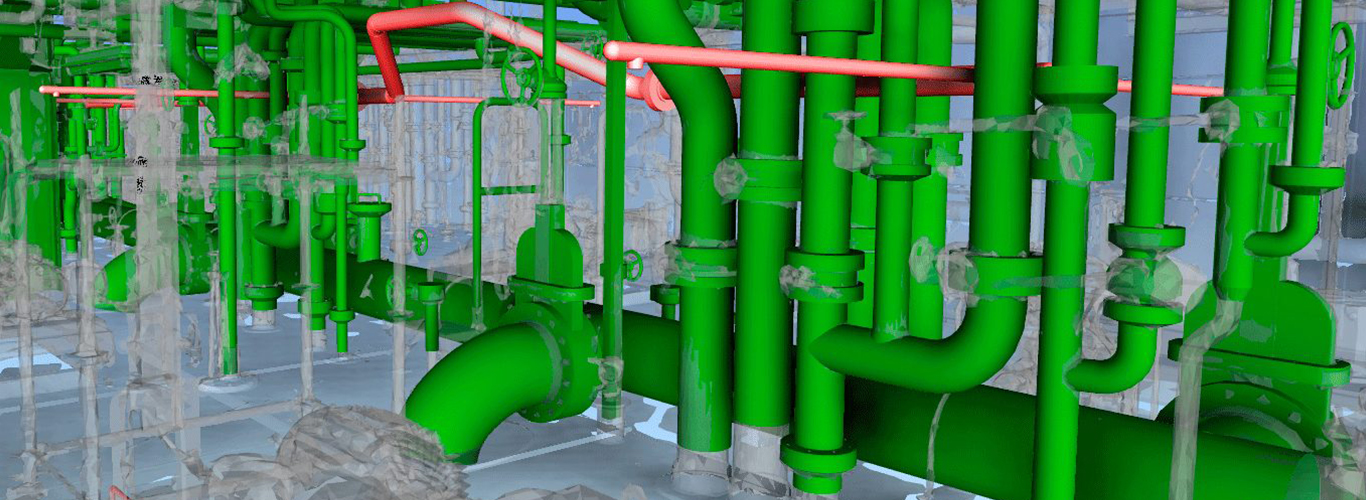
Plumbing pipes are essential components in modern building systems, facilitating the transportation of water, gas, and waste. Over time, several types of plumbing pipes have emerged, each serving distinct functions depending on their material, application, and durability. Among these, PPR plumbing pipes have become increasingly popular due to their numerous advantages in both residential and commercial plumbing. Explore what PPR plumbing pipes are, their benefits, and applications, and why they are a preferred choice in contemporary plumbing systems.
PPR stands for Polypropylene Random Copolymer, a plastic material used to manufacture durable and reliable plumbing pipes. These pipes are known for their ability to withstand high temperatures and pressures, making them suitable for a wide range of plumbing applications. PPR pipes are lightweight, corrosion-resistant, and have a long lifespan, which makes them an ideal choice for both residential and industrial plumbing systems.
The PPR plumbing pipe manufacturing process involves the use of polypropylene resin, which is polymerized to form a random copolymer structure. This structure enhances the pipe’s flexibility, strength, and resistance to various environmental conditions. PPR pipes and Fittings are also available in various sizes, making them versatile for different types of plumbing installations.
1. Durability
PPR Plumbing pipes are known for their long lifespan, often lasting up to 50 years or more if installed correctly.
2. Resistance to Corrosion
Unlike metal pipes, PPR pipes do not rust or corrode over time, making them ideal for areas with high moisture levels or extreme weather conditions.
3. Chemical Resistance
PPR pipes are resistant to chemicals, making them suitable for transporting various liquids, including harsh chemicals.
4. Smooth Inner Surface
The inner surface of PPR pipes is smooth, which helps prevent the build-up of scale and sediment that can restrict water flow.
PPR Plumbing pipes offer several advantages over other types of plumbing pipes, making them a preferred choice for many plumbing systems. Here’s what makes PPR Plumbing pipes stand out:
1. Durability and Longevity
PPR Plumbing pipes have an exceptionally long lifespan, often lasting up to 50 years or more with proper installation and maintenance. Compared to other materials like PVC or copper, PPR pipes are more resistant to wear and tear, corrosion, and degradation, ensuring that your plumbing system remains functional for decades without requiring regular maintenance or substitutions.
2. Resistance to Corrosion and Scaling
Unlike metal pipes (such as copper or galvanized steel), PPR pipes do not rust or corrode over time. This makes them highly suitable for environments with high moisture or chemical exposure. Additionally, the smooth inner surface of PPR pipes prevents the build-up of scale and sediment, which can restrict water flow and reduce efficiency over time.
3. High Temperature and Pressure Resistance
PPR pipes are designed to withstand high temperatures, making them ideal for both hot and cold water systems. They can handle temperatures up to 95°C (203°F), which is significantly higher than what PVC pipes can tolerate. This makes PPR pipes perfect for hot water supply systems, heating systems, and industrial applications that require high-pressure resistance.
4. Leak-Proof Joints
One of the key advantages of PPR pipes over other plumbing materials is the ability to join them using a fusion welding technique. This method creates seamless, leak-proof joints that offer superior strength and durability compared to traditional methods like threaded or glued joints used in PVC or copper pipes. This fusion welding process ensures the integrity of the entire piping system and minimises the risk of leaks.
5. Cost-Effectiveness
While the initial cost of PPR pipes may be slightly higher than PVC pipes, they are much more cost-effective in the long run. Their durability, resistance to damage, and low maintenance requirements mean fewer repairs and replacements, leading to significant savings over time. Furthermore, the simplicity of installation lowers labor expenses.
6. Chemical and UV Resistance
PPR pipes are resistant to a wide range of chemicals, making them suitable for transporting chemicals, gases, and other fluids in industrial settings. They are also resistant to UV rays, which means they can be safely used in outdoor applications, unlike PEX pipes, which can degrade when exposed to the sun for prolonged periods.
7. Eco-Friendly
PPR pipes are made from recyclable materials, making them an environmentally friendly option compared to some other types of pipes. Their long lifespan further reduces the need for replacements, minimising waste and the environmental impact associated with frequent pipe replacements.
8. Non-Toxic
Unlike some older piping materials, such as lead pipes or certain plastics, PPR pipes are free from harmful substances. They do not release toxins into the water, making them a safe choice for drinking water systems, ensuring that the water supply remains uncontaminated.
9. Ease of Installation
PPR pipes are lightweight and easy to handle, making them easier and quicker to install compared to heavier materials like copper or steel pipes. The fusion welding method also eliminates the need for additional fittings or joints, making the installation process cleaner and more efficient.
10. Resistance to Freezing
PPR pipes are more resistant to freezing compared to metal pipes. In cold climates, where freezing pipes can cause significant damage, PPR pipes are less likely to crack or burst under freezing conditions, ensuring the integrity of your plumbing system in challenging weather conditions.
PPR pipes are used in a wide range of plumbing applications due to their versatility and performance. Some of the common applications of PPR pipes include:
1. Hot and Cold Water Supply
PPR pipes are commonly used for both hot and cold water distribution in residential and commercial buildings. Their ability to withstand high temperatures without losing strength or deforming makes them ideal for hot water systems, while their durability ensures a reliable cold water supply.
2. Heating Systems
PPR pipes are also extensively used in central heating systems, underfloor heating, and radiator installations. Their high thermal resistance allows them to handle the heat transfer efficiently, making them an optimal choice for heating solutions.
3. Industrial Applications
PPR pipes are widely used in industries for carrying chemicals, gases, and other fluids due to their resistance to corrosion and chemicals. Their smooth inner surface ensures that the flow of liquids remains unhindered, which is critical in industrial applications.
4. Irrigation Systems
Agricultural and landscape irrigation systems also use PPR pipes for water distribution. Their resistance to UV rays and extreme weather conditions ensures that they provide reliable performance in outdoor environments.
5. Wastewater and Sewer Systems
PPR pipes are used in some wastewater and sewage systems, especially in residential and commercial buildings, due to their resistance to chemicals and extreme temperatures. They can also be used for vent and drain systems.
MWe know there is a variety of everything we use today. From the clothes to the soap we wear, there is something for everyone in the store. However, the concept goes much deeper when discussing plumbing pipelines. As they say, a needle and a sword have sharpness in common but are meant to solve different problems, as are plumbing pipes. Not every pipe is meant to solve your purpose. Some are made to mark their history uniquely. Let’s check the types of plumbing pipes that have been used by the world so far:
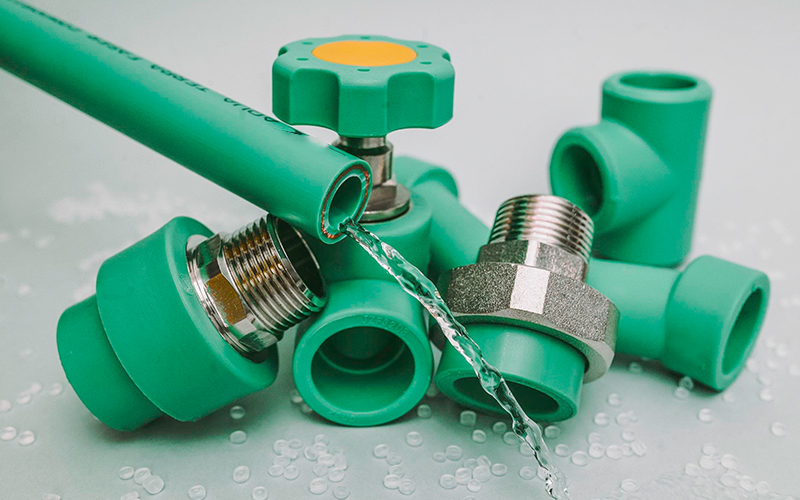
Innovation is the key to modernism and adaptable change. PPR Pipes stand for Polypropylene Random Copolymer Pipes. These are made from an amazing blend of polypropylene and ethylene copolymers.
With the advancement of technology, today, PPR Pipes are the new hype of plumbing systems. They are high-tech plastic pipes for modern plumbing needs and stand at par with cold galvanized pipes for hot water systems.
Its most important features beat all other kinds of pipes in every way and are today's most recommended plumbing pipes. Here is how PPR Pipes are a better alternative to PVC Pipes; let’s begin:
PPR pipes have numerous advantages that make them a top choice for various plumbing applications:
1. Long Service Life
PPR pipes can last more than 50 years, reducing the need for frequent replacements.
2. Low Maintenance
The low maintenance requirements of PPR pipes make them an attractive option for homeowners and businesses alike.
3. Enhanced Flow Efficiency
The smooth interior surface of PPR pipes minimises friction, which leads to better water flow and reduced energy consumption.
4. Leak-Proof Joints
The fusion welding technique used to join PPR pipes ensures that the joints are completely leak-proof, enhancing the overall reliability of the plumbing system.
5. Resistant to Scaling and Deposits
PPR pipes are resistant to scaling and the build-up of deposits, which ensures the smooth flow of water over the years.
One of the main advantages of PPR pipes is that they require minimal maintenance. However, regular checks should be done to ensure that the pipes are functioning properly. Here are some basic maintenance tips for PPR pipes:
Inspect for Leaks: Even though PPR pipes are highly resistant to leaks, it’s always a good idea to periodically check the joints and connections for any signs of water leakage.
Clean the Pipes: If the system is used for transporting chemicals or other substances, it is essential to clean the pipes regularly to prevent build-up that could affect the water flow.
Check for Damage: Inspect the pipes for any signs of physical damage, such as cracks or punctures. If damage is found, it’s important to replace the affected section of the pipe.
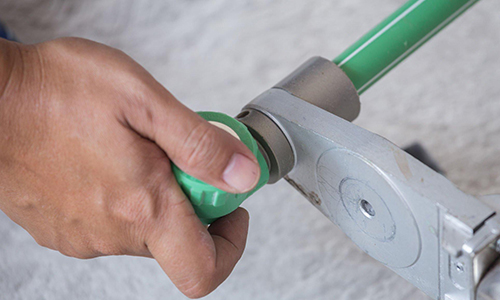
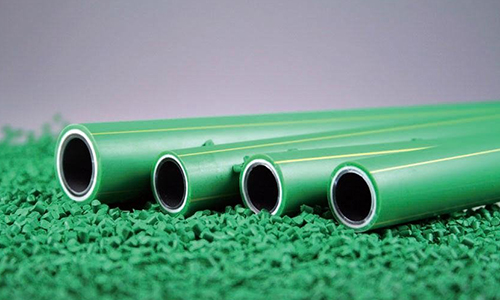
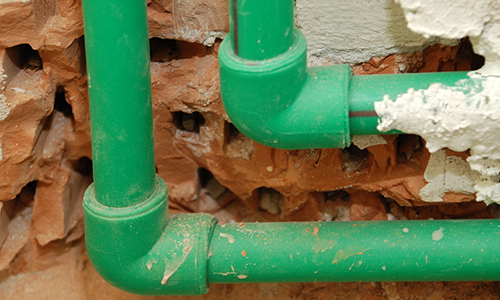
PPR pipes are more durable and resistant to high temperatures and pressures than PVC pipes. They also have a longer lifespan and are more resistant to corrosion, making them a better option for long-term plumbing systems.
Yes, PPR pipes are ideal for both hot and cold water systems. They can withstand temperatures up to 95°C, making them perfect for hot water applications.
PPR pipes can last over 50 years with proper installation and maintenance, making them a cost-effective choice for plumbing systems.
Yes, PPR pipes are made from recyclable materials and have a long lifespan, reducing the need for frequent replacements. They are also free from harmful substances like lead.
Yes, PPR pipes are suitable for industrial applications, including chemical transport and heating systems, due to their resistance to chemicals and high-pressure conditions.
© 2022 KPT Piping System. All Right Reserved. | Privacy Policy